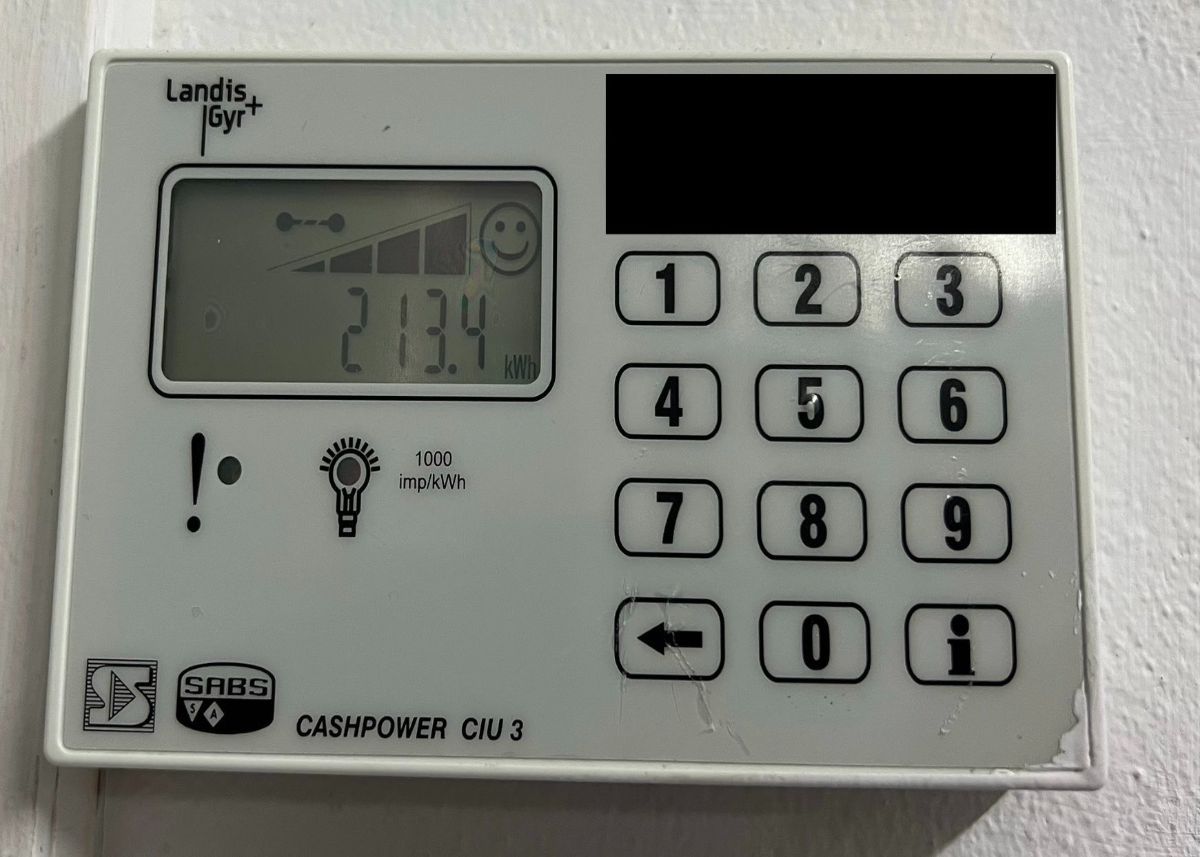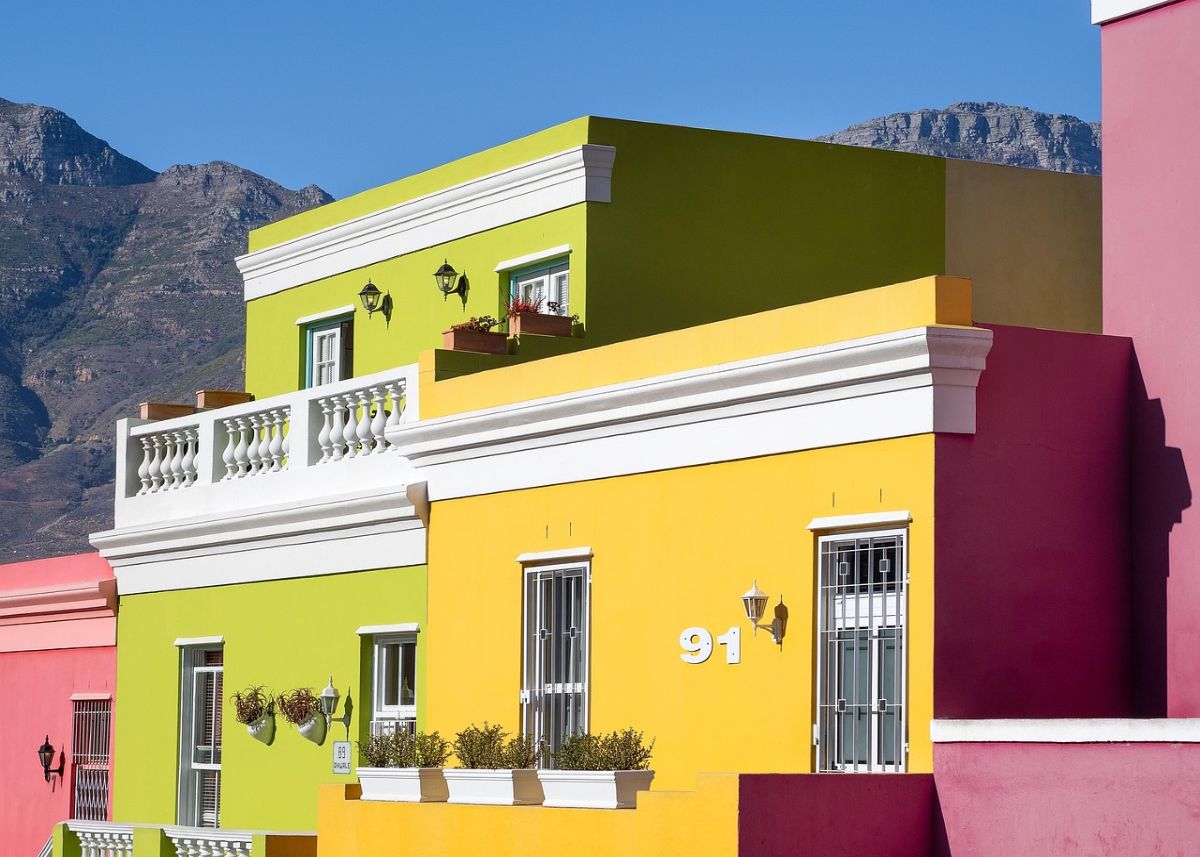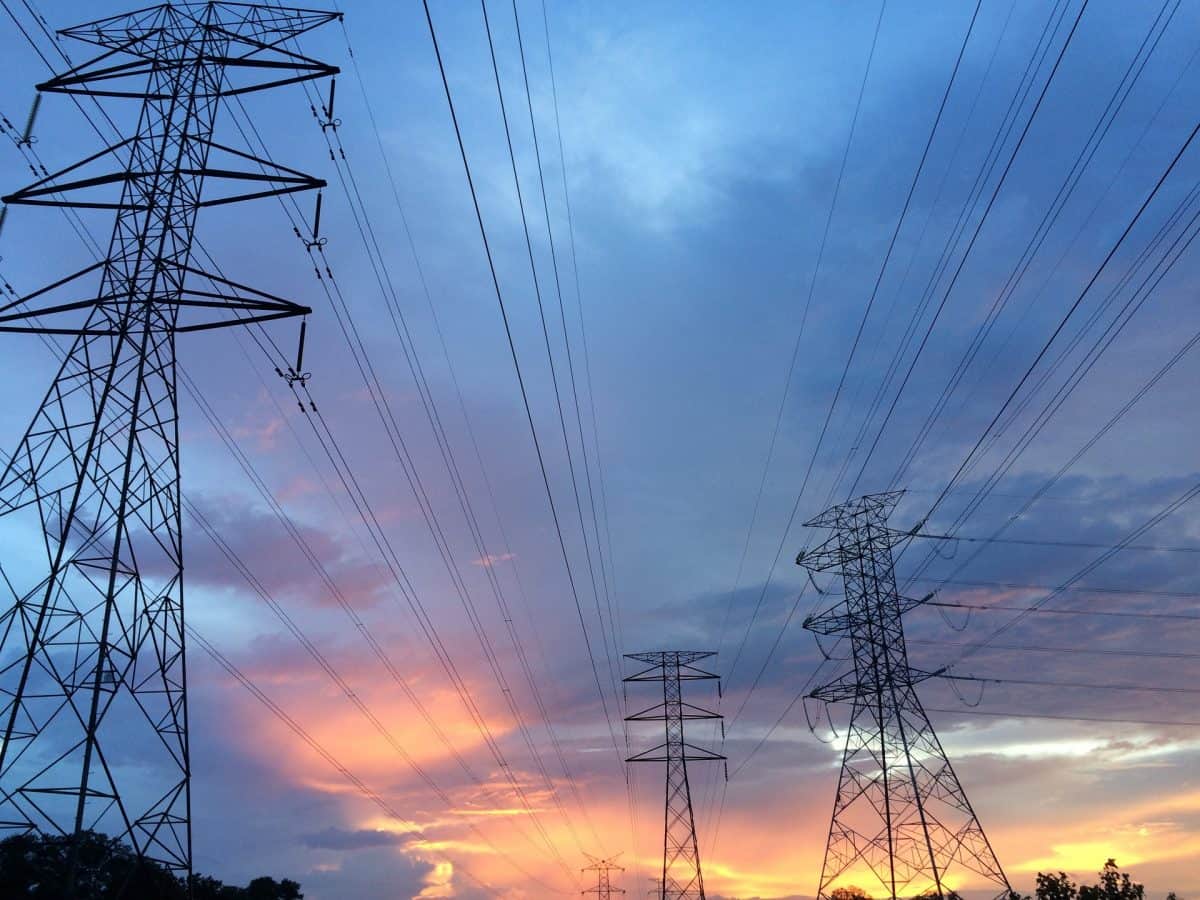
Eskom’s new retail tariff plan but how will this affect your electricity bill? Let’s find out.
The National Energy Regulator of South Africa (NERSA) has released Eskom’s proposed Retail Tariff Plan for public consultation. Outlining significant changes to electricity charges that could impact residential, industrial, and municipal customers.
Eskom aims to align electricity tariffs with the actual costs of generation, transmission, and distribution, ensuring customers only pay for the services they use. According to Eskom’s Group Executive for Distribution, Monde Bala, “The electricity supply industry is undergoing fundamental changes that will set the course for economic growth and prosperity in the years ahead. It is vital that as many stakeholders as possible engage with NERSA on the proposed changes to support the determination of tariffs that are as fair as possible for all customers.”
Elimination of Inclining Block Tariffs for residential customers
Eskom proposes removing the inclining block tariff (IBT), which currently increases charges for households that use more electricity. The change will introduce a consistent pricing model for low-usage households, regardless of consumption patterns throughout the month, making bills more predictable.
Impact on solar panel users
For solar panel users, Eskom plans to continue charging for electricity used from the grid during cloudy days or peak times. However, those who export excess energy back into the grid will receive energy credits, potentially reducing their overall electricity costs.
Eskom proposes lower fixed charges and reduced subsidy contributions for municipal distributors. Additionally, Eskom plans to consolidate 15 tariff options for municipalities into just three, simplifying the pricing structure and making it more cost-efficient.
Revised charges for large industrial and commercial customers
Large industrial, mining, and commercial customers will see reduced fixed charges and lower winter energy prices. Eskom will also recalculate service charges for each point of supply, ensuring charges more accurately reflect energy usage at large sites.
Eskom’s proposal includes unbundling tariffs, separating charges for electricity capacity and network services. This move aims to avoid unfair cross-subsidies and ensure that customers only pay for the services they use. Eskom also stressed that unbundling would support the integration of alternative energy sources, crucial for long-term grid stability.
Public consultation and next steps
The tariff changes are part of a public consultation process, with NERSA reviewing the feedback before making final decisions. Eskom emphasised that the proposed changes will not generate additional revenue beyond what has already been approved for the 2024/25 period, ensuring no major price hikes.
Eskom’s proposed Retail Tariff Plan could dramatically change how South Africans pay for electricity. With adjustments for residential customers, solar users, and large consumers, the plan aims to create a fairer and more transparent pricing structure. As NERSA continues its review, customers should stay informed about how these changes may affect their bills in the future.
Stay tuned with The South African as Eskom’s new retail tariff plan is displayed.
Let us know your thoughts by clicking on the comment tab below this article. Or by emailing info@thesouthafrican.com or sending a WhatsApp to 060 011 0211. You can also follow @TheSAnews on X and The South African on Facebook.













